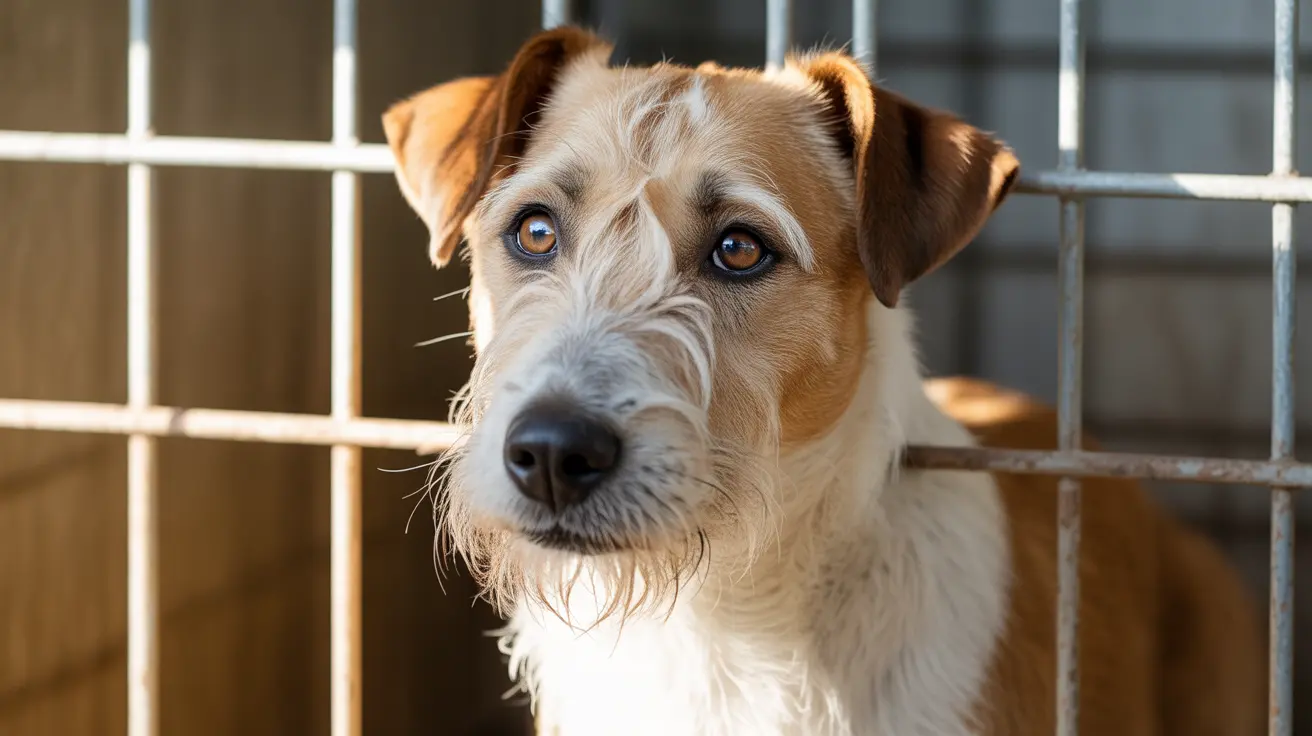What Makes a Dog Laugh? Understanding Canine Joy
Dogs are beloved companions known for their loyalty, affection, and playful nature. But have you ever wondered what makes a dog laugh? While dogs don't laugh like humans with vocal chuckles, they do exhibit a form of laughter that reflects happiness and emotional well-being.
Canine Laughter: What Is It?
Researchers and animal behaviorists have defined a specific sound that resembles laughter in dogs—a rapid, breathy panting sound, distinctly different from regular panting. This sound is considered a form of canine laughter, especially when observed during moments of high excitement, such as playing with other dogs or humans.
When Do Dogs 'Laugh'?
Dogs make their laughter-like sound in various contexts that indicate joy and comfort. Here are the most common scenarios:
- Playtime: Dogs often exhibit this pant-puff sound when engaged in play with humans or other dogs. It's a sign they're having fun.
- Positive Touch: Belly rubs, ear scratches, and grooming can trigger this joyful response in many dogs.
- Social Bonding: Being around trusted humans or familiar pets may cause a dog to express happiness through this behavior.
- Excitement: Adding a new toy, going for a walk, or simply seeing a favorite person can elicit the 'laugh.'
How Scientists Discovered Dog Laughter
Patricia Simonet, a researcher in animal behavior, was among the first to identify and record the dog laughter sound. Using sensitive audio equipment at a dog park, she distinguished a unique panting associated with play. Playback of these recorded sounds to shelter dogs showed that the sounds induced positive behavioral changes, suggesting emotional contagion—a crucial marker of empathy and social bonding.
Signs Your Dog Is Happy
Besides this laugh-like pant, dogs express happiness in a variety of ways:
- Tail Wagging: A classic sign, especially when the wag is loose and the dog’s whole body is involved.
- Relaxed Body Language: A loose posture, floppy ears, and a soft gaze indicate contentment.
- Play Bows: A universally understood gesture among dogs that means 'let’s play!'
- Zoomies: Sudden bursts of energy and running are common expressions of happiness.
How to Make Your Dog Laugh
Want to bring more joy to your dog’s life? Try these tips:
- Engage in Daily Play: Use toys, fetch, and tug-of-war games to stimulate their mind and body.
- Practice Positive Reinforcement: Reward desired behaviors with treats, praise, or toys.
- Speak in a Happy Tone: Dogs respond to the tone of your voice. A cheerful tone can lift their spirits.
- Use the Laughing Pant: Try mimicking the breathy, amused dog pant to initiate joy and relaxation.
- Socialize Your Dog: Regular interaction with other dogs helps build confidence and happiness.
Benefits of Recognizing Canine Emotions
Understanding and responding to your dog’s emotions can enhance the human-animal bond. Being aware of when your dog is happy can help you:
- Boost Mental Health: Dogs that 'laugh' often are usually better adjusted and emotionally healthy.
- Reduce Behavioral Issues: Happy dogs are less likely to engage in destructive behaviors.
- Strengthen Trust: When your dog knows you respond positively to their cues, it builds mutual trust.
The Joy of Seeing Your Dog Laugh
The idea that dogs can laugh may sound whimsical, but it’s grounded in solid behavioral science. Though it may not be a belly laugh like ours, a dog's pant-laugh reflects contentment, joy, and social bonding. By learning to recognize and even trigger this joyful sound, pet owners can deepen the connection with their canine companions.
So the next time you hear your furry friend pant in that excited, breathy way, smile—because that may just be the sound of your dog laughing.





